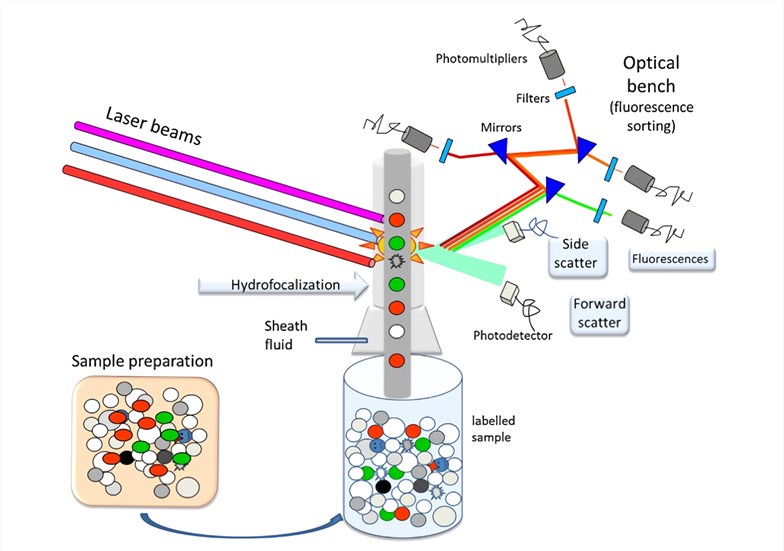facs flow cytometry principle
Incubate for at least 20-30 min at room temperature of 4C. FACS is a derivative of flow cytometry that adds an exceptional degree of functionality.

Fundamentals Of Flow Cytometry Aat Bioquest
This allows to sort cells based on physical biochemical and antigenic traits.

. The instructors will focus on a broad spectrum of flow. PRINCIPLE OF FLOW CYTOMETRY The basic principle of flow cytometry is the passage of cells in single line in front of a laser so that they can be detected counted and. Ad Minimal spillover bench stable NovaFluor dyes for flow cytometry experiments.
Flow Cytometry Introduction. Fluorescence-activated cell sorting FACS is a specialized type of flow cytometry. FACS fluorescence activated cell sorting differs from conventional flow cytometry in that it allows for the physical separation and subsequent collection of single cells or cell populations.
Flow cytometry is a popular cell biology technique that utilizes laser-based technology to count sort and profile cells in a heterogeneous fluid mixture. This video is a full explanation of FACS mechanism Fluorescence Activated Cell Sorting it contains all the details you need to know about FACS technique a. Fluorescence activated cell sorting FACS analysis is a derivative of flow cytometry that proceeds in a slightly different direction.
Using FACS a researcher can physically sort a heterogeneous mixture of cells into different. Fluorescence-activated cell sorting FACS. Principle of Flow Cytometry The basic principle of flow cytometry is the passage of cells in single file in front of a laser so they can be detected counted and sorted.
The collection process starts when a sample is injected into a stream of sheath fluid that passes. The basic principle of flow cytometry is the passage of cells in single file in front of a laser. Easy-to-add into multi-color experiments.
The principle of FACS is simple. Wash the cells 3 times by centrifugation at 400 g for 5 min and resuspend them in ice. The following flow cytometry staining protocol has been developed and optimized by rd systems flow cytometry laboratory.
Introduction to flow cytometry Flow cytometry is a biophysical technology used for cell counting and biomarker detection within a heterogeneous population. FACS is an abbreviation for fluorescence-activated cell sorting which is a flow cytometry technique that further adds a degree of functionality. FACS Flow cytometry is a technique used to measure the physical and chemical properties of cells orthe physical and chemical properties of cells or.
FACS is an abbreviation for fluorescence-activated single cell sorting which is a flow cytometry technique that further adds a degree of functionality. Label cells of interest with a marker such as an antibody Pass the cells through a laser and detect which ones have the antibody. Fluorescence-activated cell sorting FACS sometimes called fluorescence-assisted cell sorting is a specialized type of flow cytometry that uses fluorescent markers to target and isolate cell.
Flow cytometry is a sophisticated instrument measuring multiple physical characteristics of a single cell such as size and granularity simultaneously as the cell flows in. FACS is an abbreviation for. Flow cytometers gather information about cells by measuring visible andor fluorescent light emissions.
Flow Cytometry Fundamental Principle. Computer analysis give automated population identification this automated identification could potentially help finding of rare hidden population. Easy-to-add into multi-color experiments.
This four day program is ideal for those who are looking for an in-depth hands-on introduction to Flow Cytometry. By utilizing highly specific. Research applications technical protocols and data analysis trouble shooting experimental design.
By the laminar flow. The basic principle of flow cytometry is based on the measurement of light scattered by particles and the fluorescence observed when these particles are passed in. It simultaneously measures and.
Flow cytometry cell sorters have a collection system unlike flow cytometry analyzers. This video is an explanation of Flow Cytometry it contains a full explanation about flow cytometer and data obtaned from it. The primary objective of FACS flow cytometry is to.
The overall contributions of what is learned is. Flow cytometry has been extensively exploited in immunology hematology and oncology to define cell populations via intrinsic scatter properties cell surface. This incubation must be done in the dark.
Ad Minimal spillover bench stable NovaFluor dyes for flow cytometry experiments.
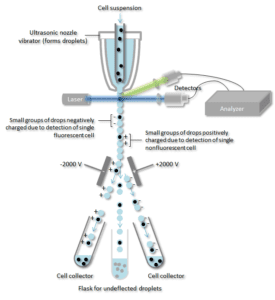
How Does Flow Cytometry Work Nanocellect
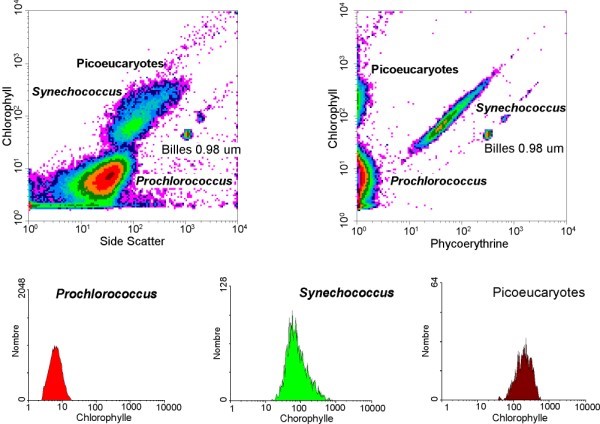
Flow Cytometry Principle How Facs Work Shomu S Biology

Diagnostic Potential Of Imaging Flow Cytometry Trends In Biotechnology
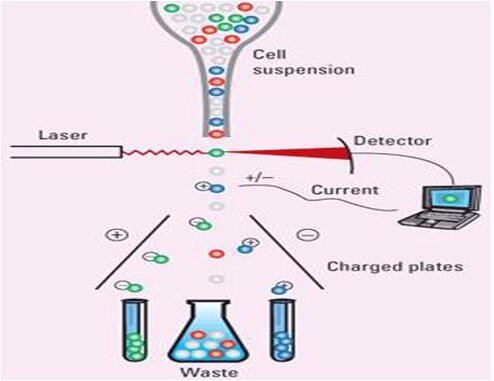
Flow Cytometry Service Creative Proteomics

The Principle Of Flow Cytometry And Facs 2 Facs Fluorescence Activated Cell Sorting Youtube

Flow Cytometry Introduction Abcam

Difference Between Flow Cytometry And Facs Compare The Difference Between Similar Terms

Spectral Flow Cytometry Aat Bioquest
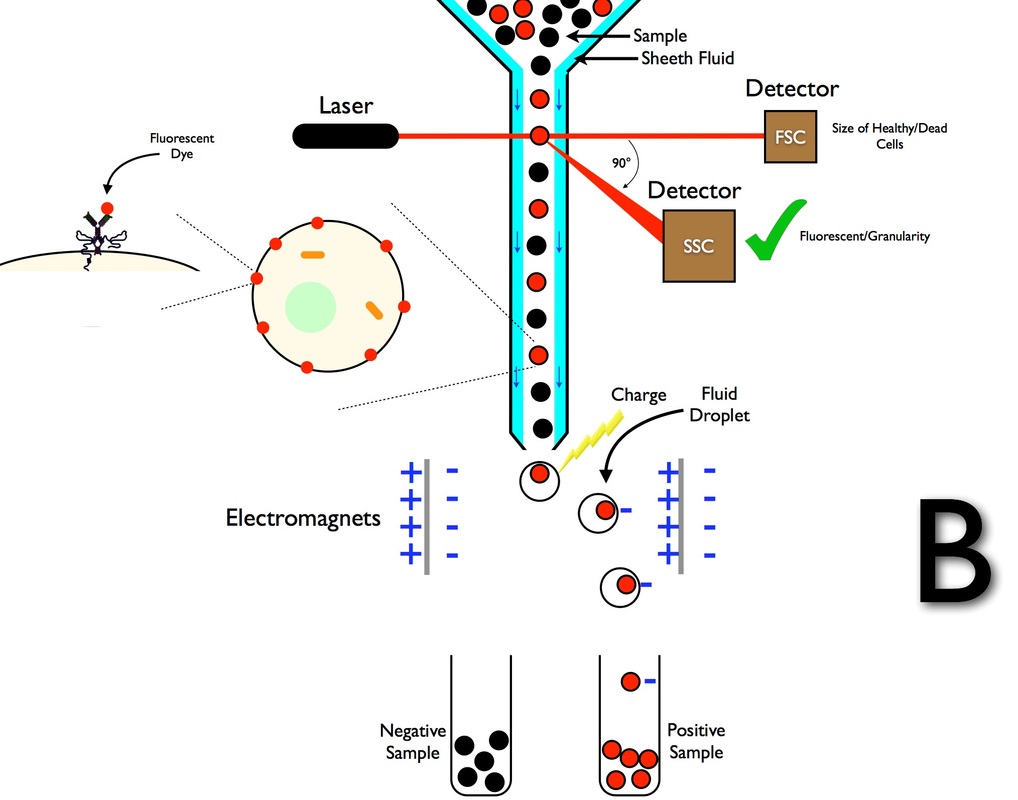
Flow Cytometry Principle How Facs Work Shomu S Biology

Flow Cytometry Basic Principles What The Use Of Flow Cytometry Cell Sorting By Facs Youtube

The Principle Of Flow Cytometry And Facs 1 Flow Cytometry Youtube
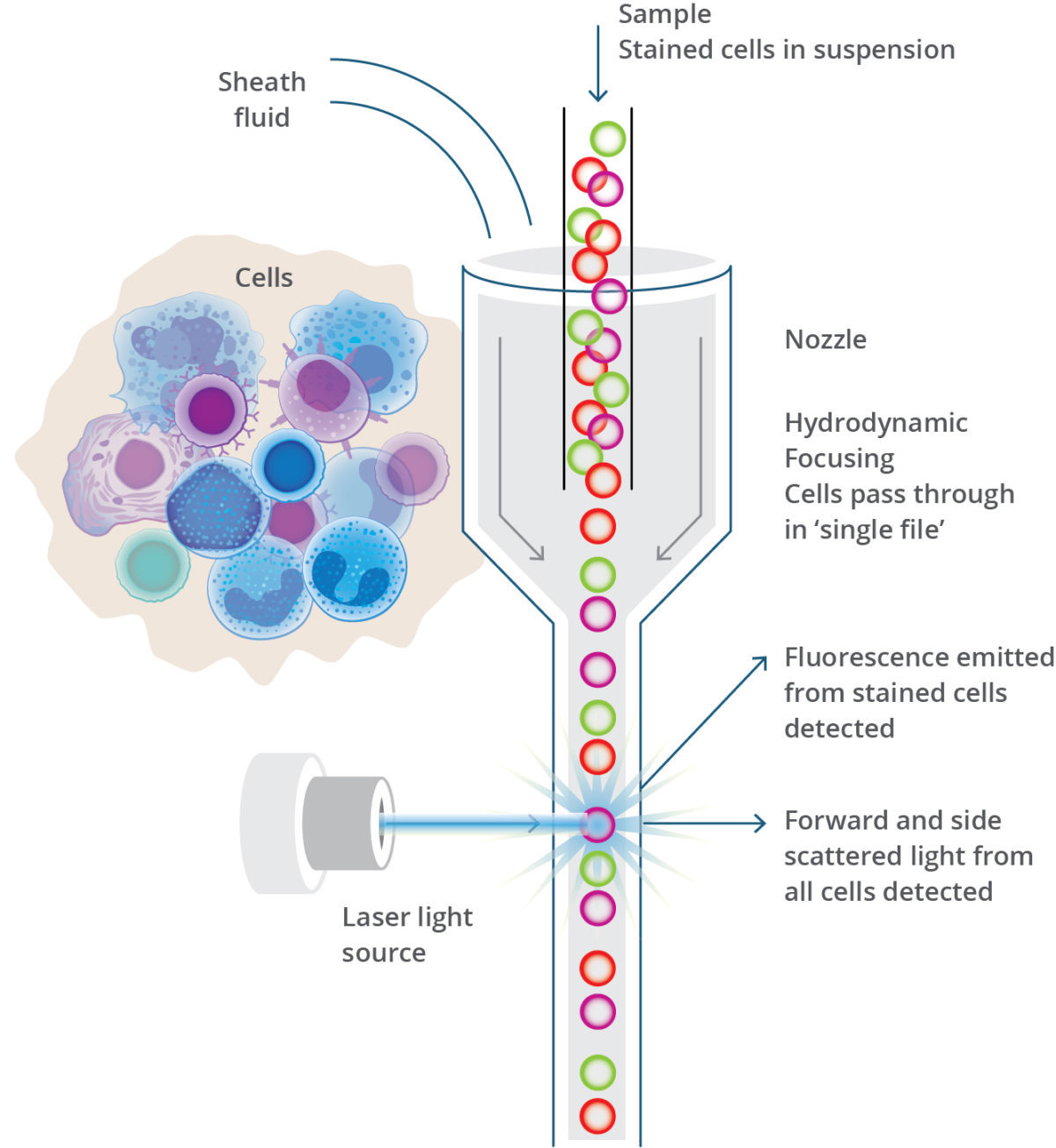
Principles Of Flow Cytometry Streck
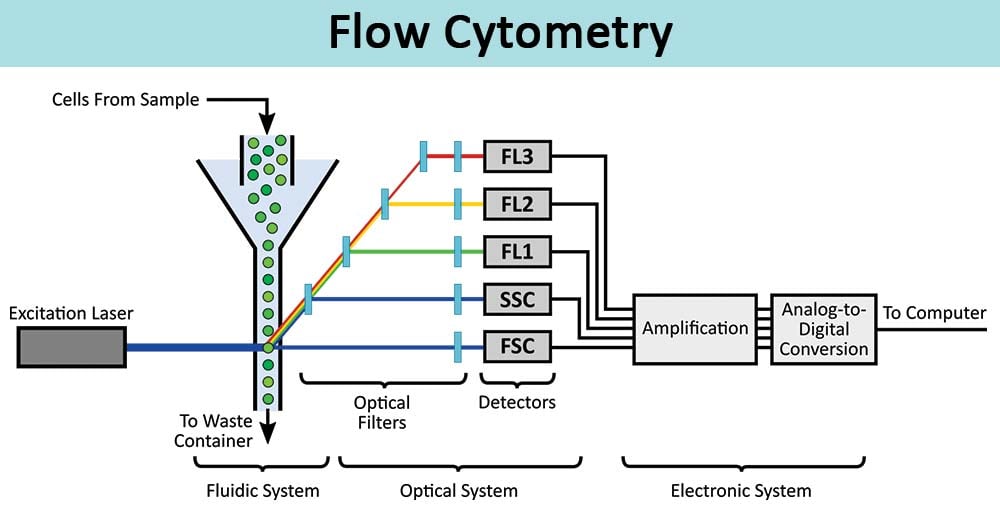
Flow Cytometry Definition Principle Parts Steps Types Uses

What Is Flow Cytometry Technology Networks
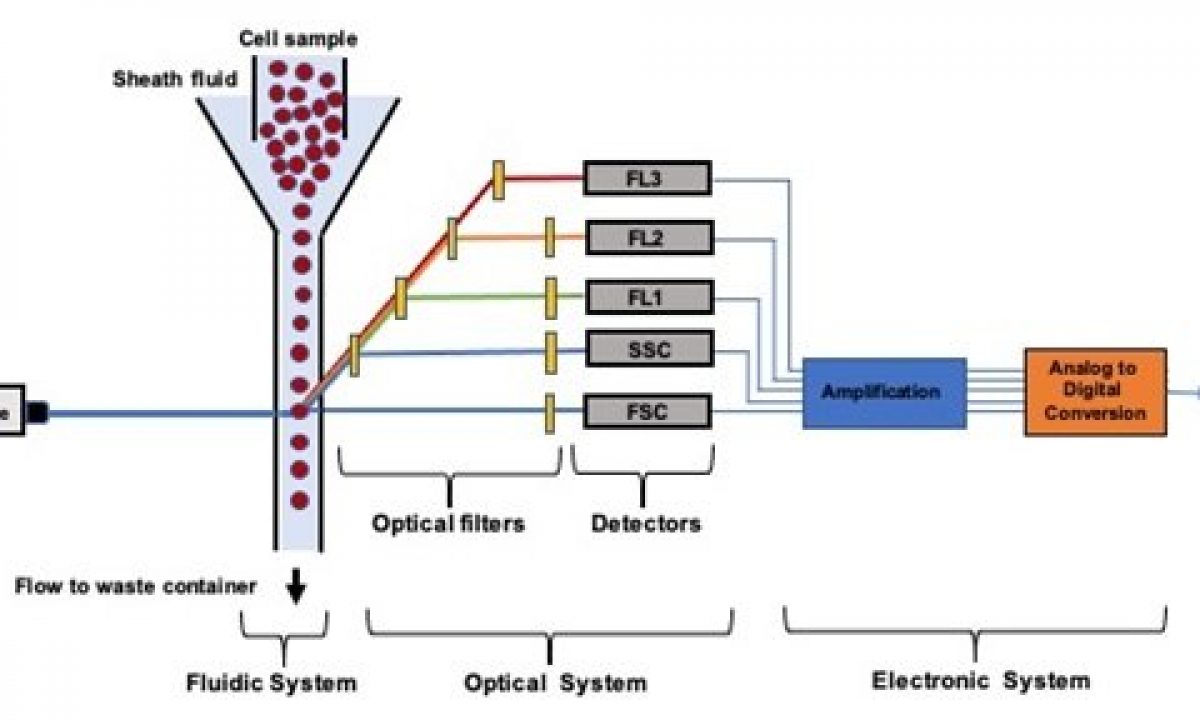
Microfluidic Flow Cytometry Principles And Commercial Review Ufluidix

